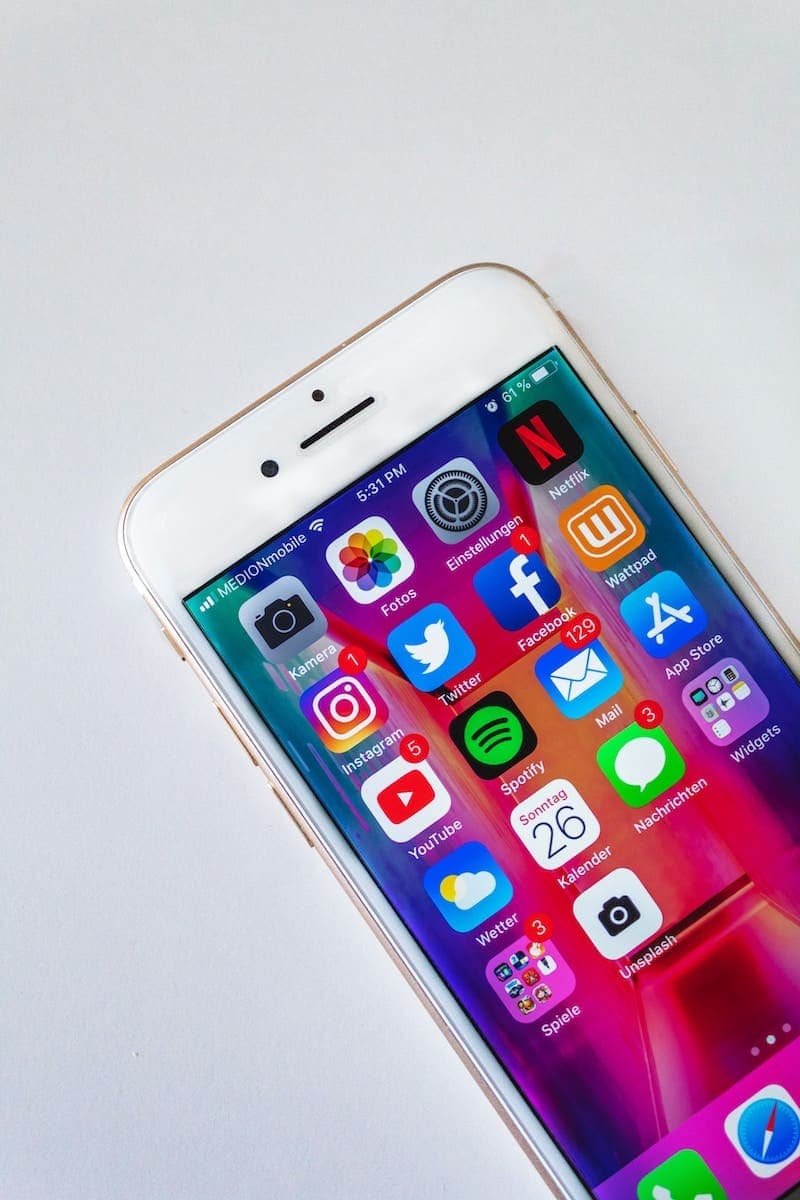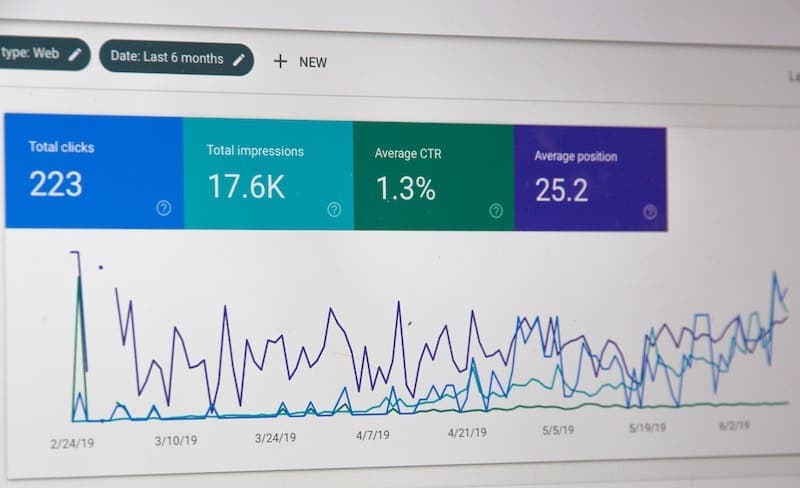When creating a mobile app, understanding your market is an essential part of the process if you want to be successful.
You need to have at least a basic understanding of where you need to focus your efforts before you launch your app to give you the best chance of targeting those who are most likely to regularly engage with your app.

Knowing which strategies will effectively help you to understand your market isn’t easy, however, and there is often an element of trial and error to see what works for your mobile app.
This process can be expensive and time consuming, however, these are things you don’t need when you’re focusing on launching and promoting your app for better adoption rates.
If you’re looking to save time and money, then you’ve come to the right place.
Using our expert knowledge and skills, we have come up with the essential things you need to be aware of to get to know your target customer, acquire them, and keep them engaged with your app once the initial excitement has wavered. No time to do it yourself? You can always team up with the right team or agency.
Here’s a great list of companies to consider.
Clearly Define Your App’s Purpose
One of the best ways to find out more about the market you are targeting is to create a specific purpose for it.
This is an essential part of creating a robust digital strategy as it will help you to determine who you want to use this app, and what you think they will get out of it.

This will help with marketing efforts as you will be able to narrow down those you are marketing towards, leading to higher conversions from costly advertisements.
Not only will this help with your marketing efforts, but it will also help your target audience identify the use of your app on their phone.
After all, when we are provided with an onslaught of new apps to download every day, there needs to be a specific reason why people should choose yours over everyone else’s.
We have Facebook for keeping an eye on what our friends are up to, and LinkedIn to read about the latest business news. What will someone use your app for?
Don’t forget to inspire from the right source.
Post On Q&A Platforms
If you’re looking to understand your market and target audience, using Q&A platforms to see what people are asking about should be an essential part of your marketing strategy.
These websites will provide you with authentic feedback about which functions people want in a mobile app related to the niche you are in.
If you are creating an app that helps customers have better control over their diabetes, for example, you can view questions about diabetes to see what would be most beneficial.

Then, when you’ve launched your app, you can have your say with useful tips, tricks and advice, and even sneak in a link to your app at the same time!
You might think that the popularity of Q&A websites died when Yahoo!Answers declined in popularity, but that isn’t the case.
Quora and Reddit are great places to start, but there are many more, niche-specific options out there for you to explore, too.
Join Relevant Groups On LinkedIn And Facebook
This is another strategy to help you better understand your market by infiltrating their online spaces.
With these social media websites, however, you need to be clever about the way you advertise yourself. Going in and posting your link everywhere the moment you are accepted is by far the easiest way of getting removed.

Instead, spend some time getting to know the community, and contributing with your own tips, tutorials, and industry insights.
This will build your authority and trust levels within the group, allowing you to advertise your app directly to your target audience occasionally without annoying the admins of said groups.
You can also use this as a method before your app has been launched, posting teasers and sneak peaks that will engage your target audience and spike their curiosity, leading to greater acquisition prospects once the app officially launches.
Make It Easy For People To Share And Refer Friends To Your App
This wouldn’t be a mobile app marketing guide without talking about the influence social selling has on consumers.
According to Digital Authority Partners, a recent study found that as many as 77 percent of people are more likely to buy a product when they learn about it from friends and family, as opposed to traditional advertising methods.

For this reason, it is essential that you incorporate a referral program into your app during the development program, and incentivise users to utilise it.
Using analytics, you can then get to know your market even further, by knowing which subsection of your target audience is most likely to share or refer your app to their family, friends, and acquaintances.
These are going to be the most valuable customers to your website, and discovering trends will help you to market your app more towards these people than those who aren’t likely to express their feelings about your app to those they know.
This will increase your future acquisition rates, and could have a positive impact on your long term engagement rates.
Check Your Analytics Regularly
To seriously increase engagement rates, you need to be checking your mobile app’s analytics regularly to make sure you are constantly improving the services your customers are utilizing the most.

You can also use analytics to measure your customer loyalty metrics and to single out the services you offer that aren’t doing well, allowing you to make crucial decisions about whether to improve this part of your app or remove it all together.
Making these regular data-driven changes will positively impact your app by encouraging current users to engage with new features.
If there is a buzz about these features on social media, which you can create through other marketing methods, it could also help you to acquire new members. Using this, the more you update, the more you will acquire new customers.
When broken down into simple strategies, what was once an overwhelming thought becomes a lot more manageable.

Although still time-consuming, understanding your market is essential if you want better mobile app adoption, either in advance of your launch or in the months after it.
These methods, which include making data-driven decisions and interacting with your target audience regularly, are all great ways of getting you started on your marketing journey with your app.
